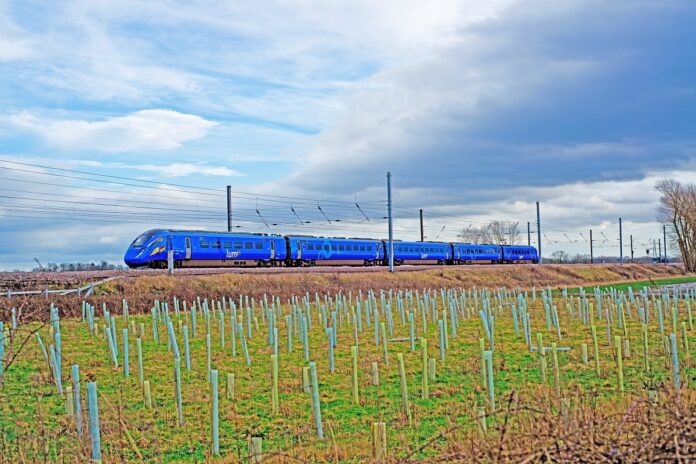Rail operators across the UK are set to benefit from updated standards, guidance, and clearer signage at power changeover (PCO) locations, designed to improve the efficiency and reliability of multi-mode trains. The Rail Safety and Standards Board (RSSB) has introduced these changes, which have now been incorporated into industry standards and the Rule Book.
Multi-mode trains, capable of switching between external electric power from overhead lines and internal power sources like diesel or batteries, are increasingly vital for seamless travel across both electrified and non-electrified sections of the rail network. These trains maximise the utilisation of existing electric infrastructure, offering a more flexible and potentially greener way to operate services.
The latest update from the RSSB introduces comprehensive requirements and clearer guidance for assessing the suitability of PCO locations. A key focus is on the selection and implementation of appropriate trackside signage, enabling train drivers to easily identify where they need to switch power modes to match the upcoming route. This also includes specific provisions for temporary power changeovers that may be necessary due to overhead line damage or engineering work.
Key improvements included in the update are:
- Standardised New Signs: Signage previously undergoing trials has now been officially included in the RSSB Standards Catalogue, providing a consistent visual language for drivers.
- Clearer Temporary PCO Guidance: New guidance outlines the distinctive appearance required for temporary PCO signage, ensuring drivers can easily differentiate these from permanent signs.
- Enhanced Routing Information: Supplementary signs providing additional routing information will now be mandatory in the driveability assessment at each PCO location, offering drivers clearer context.
- Provision for Automatic Power Control: The inclusion of automatic power control magnets has been mandated to support the implementation of automated PCO systems, potentially further streamlining the process.
These updates are specifically aimed at reducing the frequency of failed power changeovers. By providing clearer information and potentially automated systems, the industry hopes to improve overall operational performance and achieve cost savings by decreasing incidents related to pantograph (the electrical contact on the roof of electric trains) issues.
Gerald Riley, RSSB’s Principal Operations Specialist, said: “These changes include the full range of signs to support PCO and includes more guidance on how to indicate a PCO does not apply to every route at a junction.
“For the first time, the Rule Book explains the meaning of signs to drivers. As there is now much more experience of multi-mode trains than when the more general rules about these were first written, it has been possible to update those and provide more accurate and helpful instructions.”




